Folks…
We are standing on the brink of revolution.
Karate, as we know it, is about to be changed forever.
And I’m NOT going to get left behind.
Sound’s crazy, I know. But let me explain.
A long time ago, people thought the world was flat. And if you sailed too far away on the ‘seven seas’, you would go over the ‘edge’. That was common sense at the time.
Until somebody came along and said “Hey, guys, what if the world was round?”. Sadly, these people often didn’t have time to explain their theories before they were laughed at, jumped on and beaten up.
Because, people don’t really want conflicting ideas in their heads. It’s called cognitive dissonance.
But eventually we were convinced.
The earth is in fact round!
Gradually the idea became accepted, and that’s what we have been believing for quite a while now. We live in a round world.
(Until somebody one day comes along and goes: “Hey, guys, I think the earth might be square.”)
And this is exactly what has been happening in the world of Karate lately.
In today’s extremely broad and multifaceted world of Karate, some extraordinary people have not been satisfied with what we’re doing. They are having these radical ideas and theories that stand out quite a bit, regarding the historical purpose and aim of Karate.
They’re essentially telling us….
That the Karate world is square.
And of course we don’t agree.
Just like mankind never agreed when we first heard that the earth might be round.
We laugh.
We ridicule.
But frankly I don’t know anymore. I’m starting to doubt. These theories that have been put forth lately have been challenging, interesting and freshly exciting. They’ve been tickling my brain. They give me a whole new look at this old, dusty artifact of Karate.
You see, there are some individuals out there who have been putting forth theories that katas of Karate are meant to be done in a whole different way.
These indivduals argue that we have never really understood kata, neither have our teachers, and everyone has simply done kata “the way my sensei said it should be done”.
But this is about to change, now that a long lost secret is gradually made public.
The secret is…
Weapons.
In short; the kata of Karate were never meant to be done empty-handed.
We are supposed to be holding weapons in our Karate kata. And honestly, when you look at some of the theories surrounding this connection, you can’t help but enthusiastically agree.
But I don’t want to put any ideas into your head. I’m not biased.
Read for yourself.
Here are three of the most famous theories to date.
You decide what to think:
1. The Short Spear Theory:
According to online Karate researcher Mike Eschenbrenner, the kata of Karate were originally meant to be done with a short spear in hand. This is what he says:
“I argue that Chinese military envoys, such as the four recorded by Funakoshi in his book Karate-do Kyohan, likely taught Okinawans military methods (spear fighting to be exact) to help ensure that tribute ships on route to and from China were well protected by crew and passengers alike.
The Okinawans were a seafaring nation, and their livelihood depended on the success of their trade. They traded all over Southeast Asia, and from that trade were able to acquire useful goods to exchange with the Chinese as a part of tribute trade.
There are records of periods of piracy in the South China Sea. Regarding martial arts training, it would seem that Okinawan aristocrats would be highly motivated to ensure their trip had every possibility of success.
Passengers with skill in fighting arts were expected by the Ryukyu king to help defend the ship. Spears where a key weapon used to repel pirates who had successfully boarded a vessel.
In my view, the Chinese taught the Okinawans an art where all the movements were intended for a spear. I utilize all the movements from 40 kata to propel a spear in useful fighting sequences. Like the late Karate master Chibana Choshin, among others, taught his students: “the fingers and toes should become like spears”.”
2. The Sai Theory:
According to Nathan J Johnson, the kata Sanchin, Seisan and others are meant to be done with the sai.
In his book The Great Karate Myth the 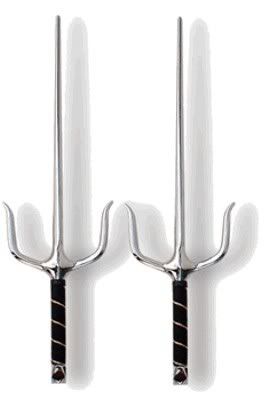 information is all there – Sanchin was created as a weapons form (using sai) and only a weapons form. No spiritual breathing stuff or unexplainable bunkai stuff.
information is all there – Sanchin was created as a weapons form (using sai) and only a weapons form. No spiritual breathing stuff or unexplainable bunkai stuff.
A DVD enclosed with the book demonstrated Johnson’s research conclusions clearly. This is what he says:
“Experienced Karate practitioners may find the following classification of certain kata, usually considered as unarmed kata and described here as Kobudo (weapons) kata to be unusual.
This is understandable because in the past, these kata have erroneously been designated as weapon-less kata – as unarmed self defence”
You can read the rest on his website and a video of him doing kata Sanchin with sai can be found here. Needless to say, his seminars are highly popular all over the world.
3. The Bo Theory:
This is perhaps the most common theory, and is surprisingly popular within Shotokan communities. I can give you numerous examples, since there isn’t only one person claiming that kata were meant to be originally done with the bo (staff), but I’ll just show you one example for now. Look here.
So what do you think?
Ridiculous?
Unbelievable?
I know – you think it’s cute… but not likely.
Right?
To tell the truth, that’s what I think too. Actually, I think all of the above theories are bizarre and silly.
In fact, they are nothing compared to MY theory.
Brace yourself, because this is going to be hard to understand for some of you:
A.
K.
47.
(Yeah, that’s right – I wrote it vertically to make it even cooler. )
AK-47.
The famous gas operated 7.62x39mm assault rifle.
The evidence that the kata of Karate were originally meant to be done with the AK-47 in hand is so overwhelming that you can do nothing but agree, once I have explained everything.
And believe me, explain I will.
Get some new underwear ready, because you’re going to have to change in a moment.
Here’s the proof:
The fact that our kata were first meant to be done with an AK-47 assault rifle in hand became very evident to me when I recently studied the work of Itosu Anko (1831 – 1915), a man often considered “the father of modern Karate” and quite rightfully so. His students included legends like: Gichin Funakoshi, Kanken Toyama, Chotoku Kyan, Kenwa Mabuni, Choshin Chibana and more.
Itosu was the man behind it all.
Believing in the value of Karateas youth development, Itosu was historically responsible for introducing Karate to the schools of Okinawa, when he in 1901 began teaching Karate (or “Toudi” as it was called at the time) at the Shuri Jinjo Elementary School, and then in 1905 at the First Junior Prefectural High School as well as the Teachers College, in Okinawa.

If you don’t know, Itosu was the man who created the five Pinan/Heian kata, which were – as you’ll soon see – designed especially with the AK-47 in mind.
Itosu’s grand plan is best understood by exploring his “Ten Lessons of Karate” a letter originally written in 1908 by Itosu himself, adressed to the Ministry of Education and the Ministry of War in mainland Japan.
In this historical letter (which you can read an explanation of here) he details how the primary purpose of Karate was not for “developing a strong and healthy body and mind” as most other masters would say, but instead “to prepare our youth for national service”. He goes on, saying that “Karate training provides the courage to give one’s life in defense of one’s parents or teachers” which just makes it more evident that we have been on the wrong track all the time.
It is obvious that Itosu is really speaking about using Karate to defend one’s country – preferably with the AK-47.
(As famous Karate historian Harry Cook notes: “Ming dynasty China saw a tremendous growth in gunnery”, which clearly influenced the Okinawan plebeian discipline of Karate.)
In the same document, Itosu also writes that “Karate is not intended to be used against a single assailant” and “When you train, do so as if on the battlefield”, which makes it even easier for anyone to draw the conclusion that the primary focus of Karate was indeed the pragmatic use of the AK-47.
And, yes – I know that the AK-47 wasn’t invented at the time when Itosu formulated his masterplan, but this is where the TRUE brilliance of it all comes into play.
Itosu was a visionary!
He foresaw that the AK-47 – or something very similar – would one day be invented, and thus prepared the youth of Okinawa (and subsequently Japan) for that day.
The rest of his plan was equally magnificent:
Itosu strongly believed in the value of starting in the Elementary schools to build the proper foundation (the use of the shotgun, AK-47, Rambo knife, handgranade etc.), and then expanding the concept further when entering university, where courses such as “Improvised Explosive Devices”, “The Basics of Handling the Rocket Launcher I & II,” “The ABC’s of Espionage and Intelligence” and similar would be taught.
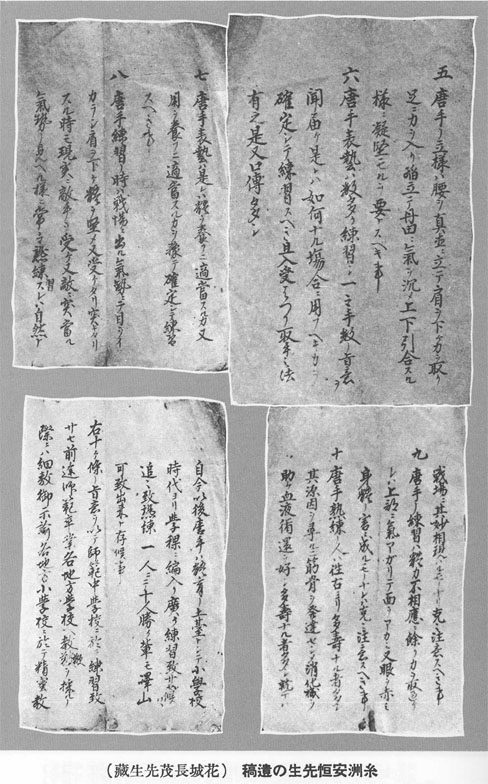
These detailed plans were also written down (in a secret letter to the Emperor) but were sadly destroyed in the great fire of World War II, when America basically bombed Okinawa back to the Stone Age.
Going back to Itosu’s original letter of 1908, he reinforces this plan of education by describing how “Karate cannot be learned in a short time”, and he describes a period of 3 to 4 years of training in order to understand the true value of Karate.
Surprise?
This coincides perfectly with modern military service, where 3 to 4 years is the mandatory time of service in many countries (like Israel, Afghanistan, Cameroon, Honduras, Chad, Nicaragua, Syria etc). Not really creating expert level soldiers, but being able to take care of most military situations.
Itosu ends his letter of 1908 with the statement: “I believe this will be a great benefit to our nation and our military”, and if it hadn’t been for the surrender of Emperor Hirohito in 1945, chances are that Itosu’s vision would have been fulfilled today.
Mind = blown.
Now, despite these numerous obvious historical hints, one can’t really be sure that our kata were actually designed for the AK-47.
So, to clarify my point, I took some pictures for you.
After having seen the photos below, where my loyal slave student Tobias-san shows a side-by-side comparison of Pinan/Heian Sandan (with and without weapons), you will have NO way of denying the fact that all Karate katas were originally meant to be done with the AK-47 in hand.
(Along with some extra supporting weapons, as you’ll see.)
So without further ado, here is…
Pinan/Heian Sandan – (Ancient AK-47 Version)
A brief explanation is given below each picture.
The original (AK-47) meaning of each move is shown to the right.























That’s it.
It’s all there.
You have now seen one of the best kept super secrets of Karate.
The current dissatisfaction with unarmed interpretation of kata, experienced by many disgruntled Karate enthusiasts and modern reformers alike, can now finally be justified.
The world is round – don’t be trapped in a square.
The revolution is here.
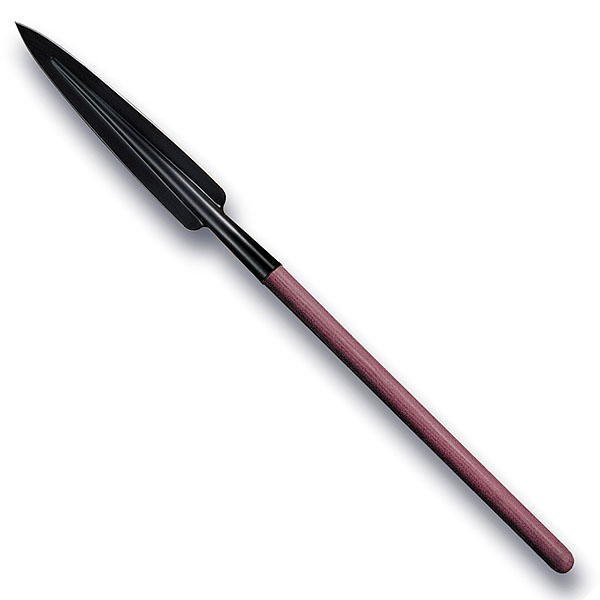

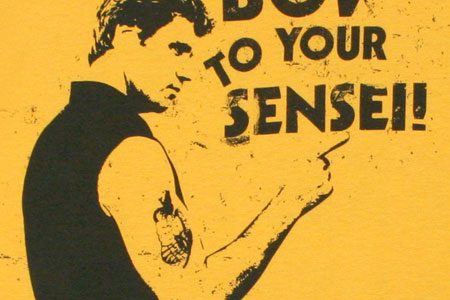
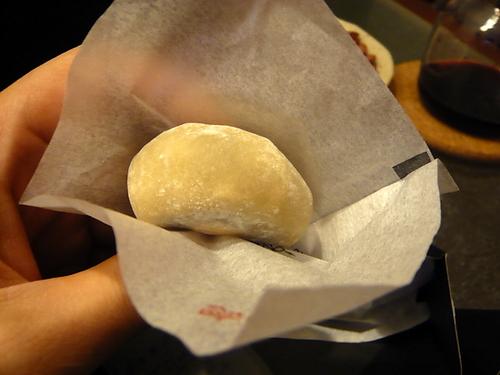
53 Comments